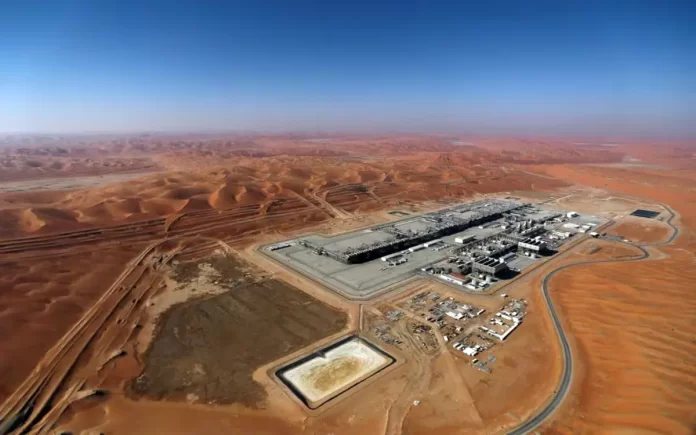Dubai: Saudi Arabia’s state-owned oil giant, Aramco (2222.SE), has announced a significant increase in dividends despite a 24.7% decline in net profit to $121.3 billion in 2023, primarily due to lower oil prices and volumes. This move underscores the nation’s enduring dependence on oil revenue, even as it endeavors to diversify its economic base.
Although the profit dipped from $161.1 billion in 2022, it still marked the company’s second-highest earnings to date. Aramco reported total dividends for the year amounting to $97.8 billion, up by an impressive 30%. Notably, oil revenues constituted 62% of the total state revenues for the year.
With the Saudi government holding approximately 82.2% of Aramco’s shares, the company’s generous payouts, including royalties and taxes, remain crucial for the nation’s fiscal stability. This reliance persists despite Saudi Arabia’s ongoing efforts to reduce its dependence on oil and explore alternative revenue streams.
Read More: U.S. Prioritizes Indo-Pacific as Key Economic Partner, Affirms Raimondo
Aramco’s Chief Executive, Amin Nasser, expressed confidence in the company’s financial resilience, stating, “Our balance sheet remains strong, even after our significant growth program and dividend payouts.”
Nasser anticipates global oil demand to rise to 104 million barrels per day in 2024, compared to an average of 102.4 million barrels in 2023. This projection aligns with the Saudi government’s ambitious economic agenda, known as Vision 2030, which aims to diversify the economy and reduce dependence on oil.
As part of this vision, the sovereign Public Investment Fund (PIF), which holds a 16% stake in Aramco, recently received an additional 8% transfer from the government. Aramco declared a base dividend of $20.3 billion for the fourth quarter, alongside performance-linked dividends totaling $43.1 billion for the year.
Read More: Japan’s Q4 GDP Revised Upward, Avoids Recession but Raises Concerns
Capital investments surged to $49.7 billion in 2023, up from $38.8 billion in the previous year, with forecasts ranging between $48 billion and $58 billion for the current year. Chief Financial Officer Ziad Al-Murshed emphasized the variability in external investments, highlighting an element of timing beyond the company’s control.
Aramco’s decision to halt its expansion plan, reverting to a production capacity target of 12 million barrels per day, is expected to reduce capital investment by approximately $40 billion between 2024 and 2028. Al-Murshed outlined various potential uses for the saved capital, including sustaining capex, dividends, growth initiatives, and debt reduction.
Despite a decline in free cash flow to $101.2 billion in 2023, Aramco remains committed to strategic investments, particularly in upstream activities such as gas exploration, which will constitute nearly 60% of capital expenditure in the coming years.
Aramco’s shares saw a modest increase of about 1.7%, reaching 32.3 riyals per share, slightly surpassing their 2019 IPO price of 32 riyals. Speculation persists regarding the potential for further government sales of Aramco shares, though Al-Murshed declined to comment on this matter.



